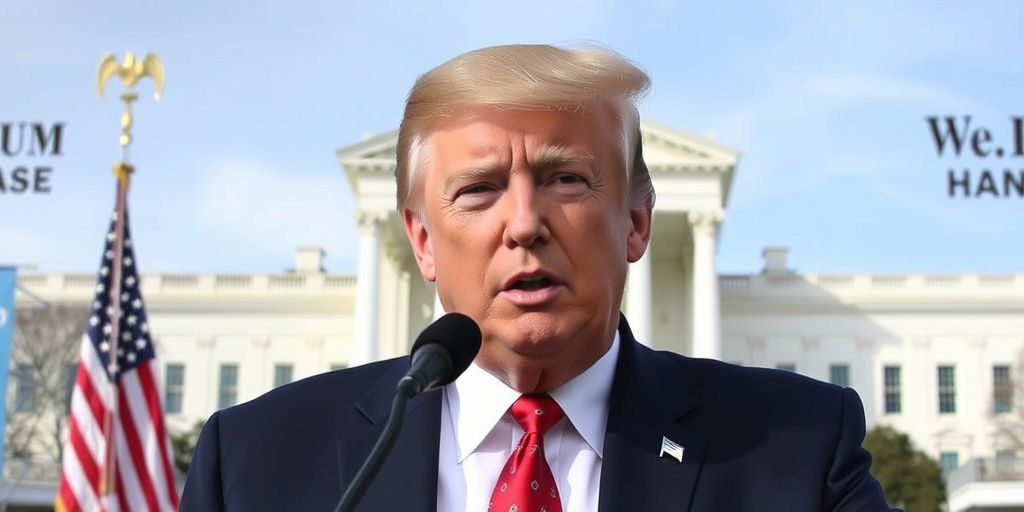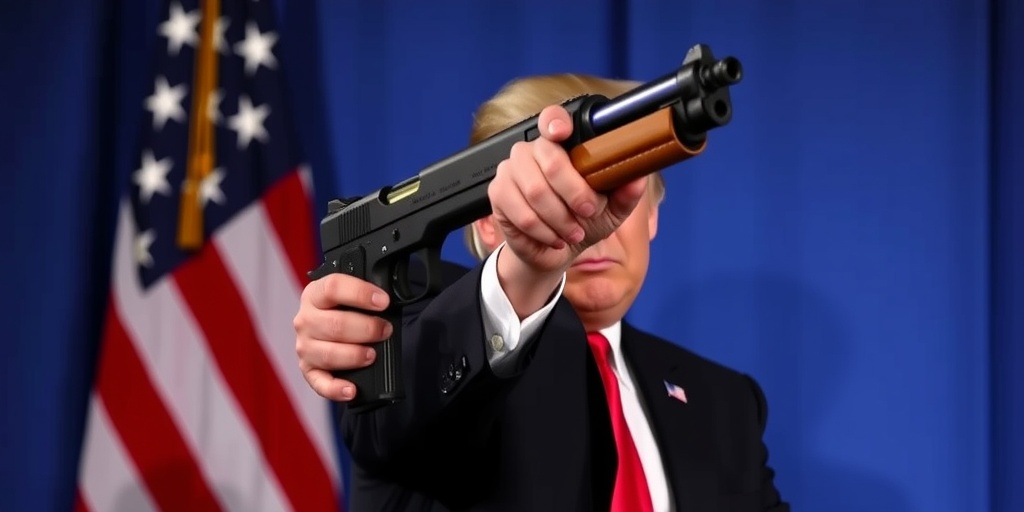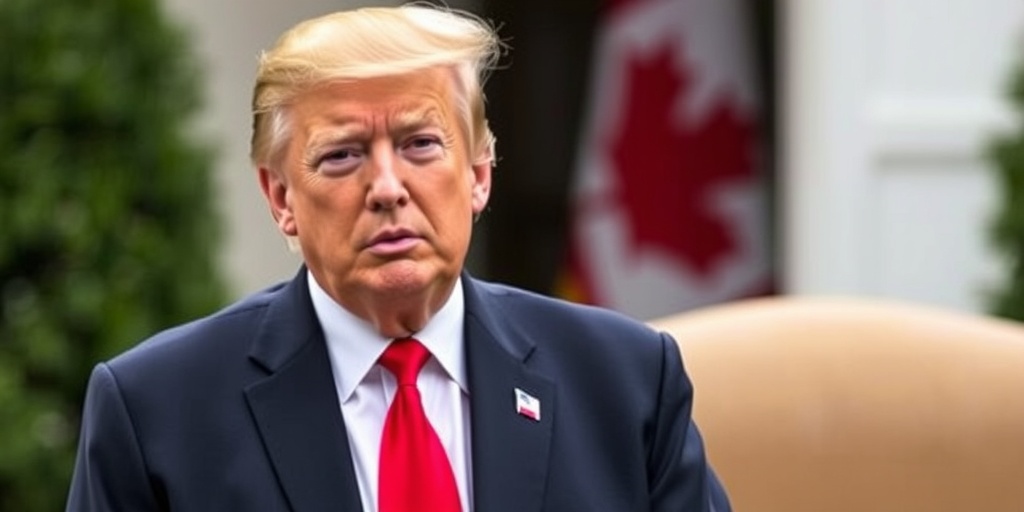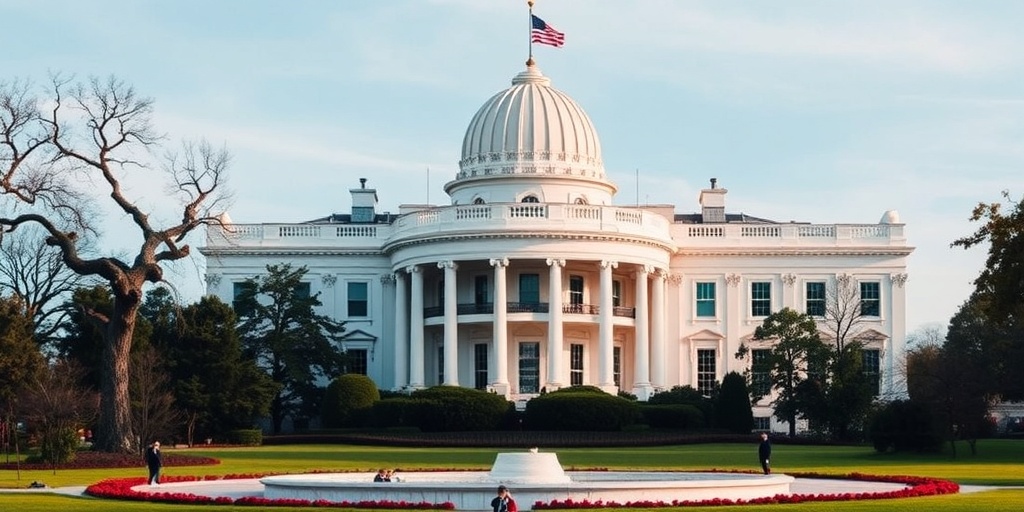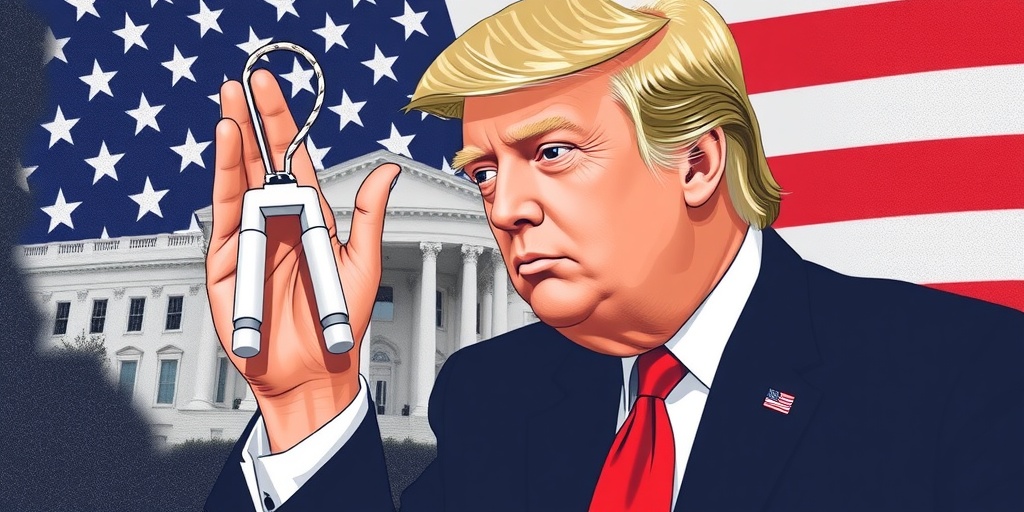Now Reading: Trump’s Tariffs Rely on Americans Choosing Quality Over Cheap Goods
-
01
Trump’s Tariffs Rely on Americans Choosing Quality Over Cheap Goods
Trump’s Tariffs Rely on Americans Choosing Quality Over Cheap Goods
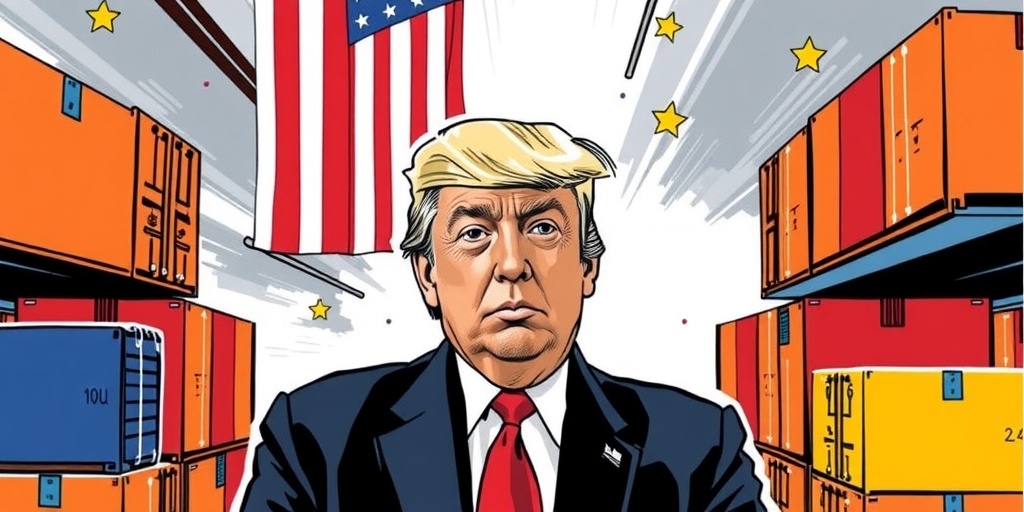
Title: Trump’s Tariffs: A Bold Strategy for American Manufacturing or a Recipe for Economic Strain?
As President Trump gears up for the implementation of his sweeping tariffs, the stakes are high for American consumers and businesses alike. The new tariffs, which are set to impose a 25 percent tax on the import of cars and car parts, will likely lead to increased prices on various overseas products including electronics, metals, lumber, and pharmaceuticals. While this initiative is being presented as part of a larger “America First” agenda aimed at rejuvenating domestic manufacturing, it raises critical questions about the potential economic impact on the average American.
In a recent interview on NBC’s Meet the Press, President Trump emphasized his administration’s commitment to promoting American-made products, stating, “I couldn’t care less if they raise prices, because people are going to start buying American-made cars.” Trump’s assertion aims to shift the narrative away from the fear of rising prices due to tariffs and instead position the initiative as a patriotic choice that supports jobs and local industries.
However, the reality of this strategy presents a double-edged sword. The tariffs are expected to add significant costs to consumer goods, and history has shown that such economic pressures can lead to declining consumer confidence. Markets worldwide have expressed anxiety over these trade policies, which have already caused disturbances, notably impacting auto pricing with the imminent 25 percent tariff on imported cars and their parts. With Trump also expected to announce further tariffs on major trading partners, including countries in Europe and Asia, the broader economic consequences are yet to be fully understood.
In light of the trade uncertainty, Trump’s advisors advocate for a long-term perspective, claiming that the tariffs are necessary to amend decades of economic imbalance and that embracing higher prices is a worthy sacrifice for national pride and economic integrity. Treasury Secretary Scott Bessent has articulated a more direct argument, challenging the traditional view that access to inexpensive products is integral to the American Dream. He asserted, “Access to cheap goods is not the essence of the American dream,” during a speech at the Economic Club of New York, insisting that the focus should be on creating good jobs with competitive wages.
The backlash to these views has not been insignificant. Former Vice President Mike Pence publicly countered Bessent’s stance, asserting that while tariffs may be necessary to negotiate trade deals with countries like China, the overall benefits of free trade have historically lowered costs and improved living standards for American families. This internal conflict within the Republican Party highlights a broader debate regarding the viability of protectionist measures in an increasingly globalized economy.
While there is bipartisan consensus on the need to address China’s economic practices, Republicans and Democrats remain divided on how best to interpret the solution. The Biden administration has sought to resolve these issues with targeted tariffs and federal subsidies for clean-energy technology and semiconductors, contrasting Trump’s broad-brush approach of sweeping tariffs and tax cuts.
As economic experts anticipate the challenges ahead, there remains skepticism about Trump’s tactical approach. Critics warn that his administration may struggle to convince the American public to accept higher prices as a part of patriotic duty. The specter of inflation—something that has recently plagued many families—looms large. Historically, economic strategies that have involved pain as a necessary part of progress have not fared well politically. Barry P. Bosworth, who led the Carter administration’s Wage-Price Council, expressed concern: “I think Trump’s administration will make a mistake if they don’t recognize that they won the election in large part because of the inflation experience of the Biden administration.”
Supporters of Trump’s tariffs, however, argue that they are part of a broader strategy of tax cuts and deregulation that, combined, could theoretically enhance the economy. Tomas J. Philipson, a former acting chair of the Council of Economic Advisors, has suggested that the ultimate benefits will outweigh the impacts of tariffs.
The rollout of tariffs, nonetheless, has not been without its challenges. The impromptu nature of these policies and the delayed implementation of any changes to the tax code have left economists, trade analysts, and the general public questioning their effectiveness. Stephen Haber, a professor at Stanford, articulated this sentiment, stating, “Reality tends to trump ideology for most people,” reflecting the potential discontent among consumers faced with rising prices.
Ultimately, the success of President Trump’s tariff strategy hinges on his ability to persuade the American populace that the benefits of supporting domestic industries are worth the potential economic drawbacks. Without effective communication and tangible benefits, the pressure of higher prices could substantially alter consumer sentiment, posing a significant threat to the administration’s broader economic goals. The coming weeks and months will be critical in determining whether this bold approach to trade and manufacturing revitalizes the American economy or risks spiraling into a backlash against the very policies designed to protect it.
Stay Informed With the Latest & Most Important News
Previous Post
Next Post
-
 01New technology breakthrough has everyone talking right now
01New technology breakthrough has everyone talking right now -
 02Unbelievable life hack everyone needs to try today
02Unbelievable life hack everyone needs to try today -
 03Fascinating discovery found buried deep beneath the ocean
03Fascinating discovery found buried deep beneath the ocean -
 04Man invents genius device that solves everyday problems
04Man invents genius device that solves everyday problems -
 05Shocking discovery that changes what we know forever
05Shocking discovery that changes what we know forever -
 06Internet goes wild over celebrity’s unexpected fashion choice
06Internet goes wild over celebrity’s unexpected fashion choice -
 07Rare animal sighting stuns scientists and wildlife lovers
07Rare animal sighting stuns scientists and wildlife lovers













